| TALES OF HEATH & POND |
VISITOR'S GUEST BOOK | HISTORY OF THE HEATH & POND | GUESTS' PHOTOGRAPHS | SOURCES OF INFORMATION | VIDEOS | SITE MAP |
Horse Chestnut: From Buds to Leaves
I have been taking photographs of two buds on a horse chestnut tree by the pond - watching them go from buds to leaves. If we keep up our walks, I hope to see them go brown and drop off in the autumn!
See also another series of photographs showing how conkers have formed on the same tree!
To see a larger copy of each image click on it; to see the next large image click at the right of the image, to go back click on the left of the image. To close a large image click on the cross in the top right hand corner.
New photographs are usually added to the bottom of the page - click to go to the bottom of this page
2021 |
||
 |
 |
|
| 26 February | 19 March | |
Horse chestnut is native to the Balkan Peninsula. It was first introduced to the UK from Turkey in the late 16th century and widely planted. Though rarely found in woodland, it is a common sight in parks, gardens, streets and on village greens. Mature horse chestnut trees grow to a height of around 40m and can live for up to 300 years. The bark is smooth and pinky-grey when young, which darkens and develops scaly plates with age. Twigs are hairless and stout; buds are oval, dark red, shiny and sticky. The flowers provide a rich source of nectar and pollen for insects, particularly bees. Caterpillars of the triangle moth feed on its leaves, as does the horse chestnut leaf-miner moth whose caterpillars provide food for blue tits. Deer and other mammals eat the conkers. The leaf stalks leave a scar on the twig when they fall, which resembles an inverted horse shoe with nail holes. This association with horses could explain why conkers used to be ground up and fed to horses to relieve them of coughs, and could be the origin of the tree's name. |
Alternatively it is said that horse chestnut is so named because its seeds were once used to treat ailments in horses. It turns out that aescin, which can be extracted from conkers, has anti-inflammatory effects and is an effective remedy for sprains and bruises for humans. Horse chestnut timber is a pale creamy-white to light brown, with a smooth, soft, fine texture. It's not very strong and is therefore not used commercially, but its soft texture makes it ideal for carving. Horse chestnut has been found to be susceptible to fungal diseases. Trees can also be affected by bleeding canker, which can lead to their death. The horse chestnut leaf miner can occur on trees in huge numbers, causing the foliage to turn brown and fall early. There is no evidence to suggest that this harms the tree, as most of the damage occurs late in the season, but it does affect its appearance. Horse chestnuts may also suffer from a horse chestnut scale insect and Guignardia, which is a genus of fungi that causes leaf blotch.
|
|
 |
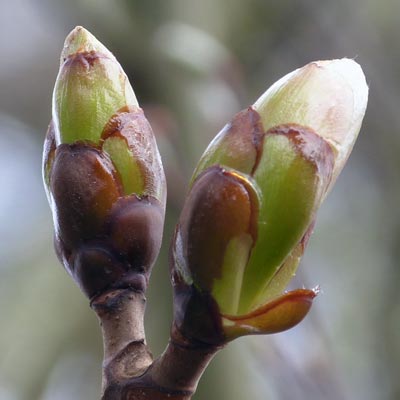 |
|
| 27 March | 29 March | |
 |
 |
|
| 31 March | 3 April | |
 |
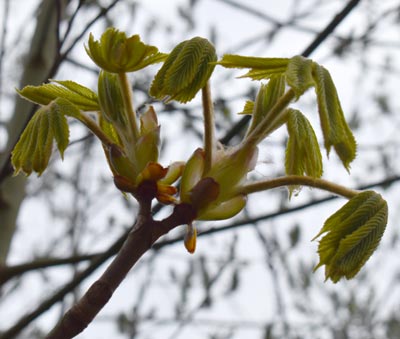 |
|
| 6 April | 8 April | |
 |
 |
|
| 16 April | 20 April | |
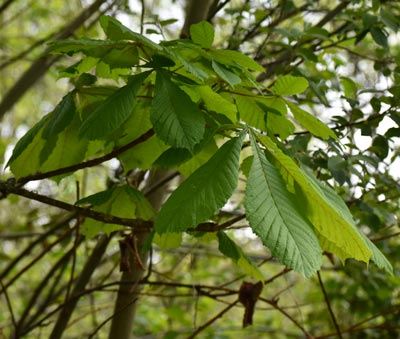 |
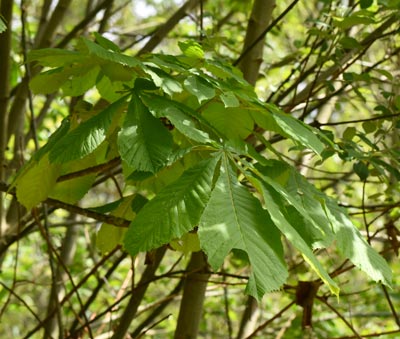 |
|
| 12 May | 17 May | |
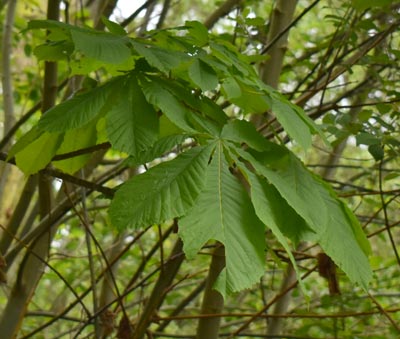 |
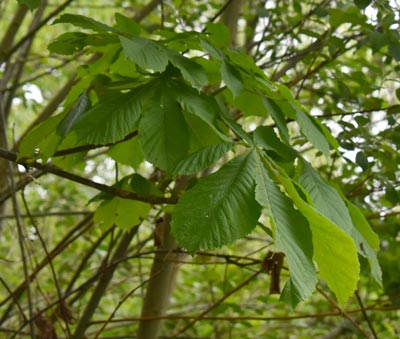 |
|
| 20 May | 23 May | |
 |
||
| 12 June | ||
| Go to the top of this page | ||